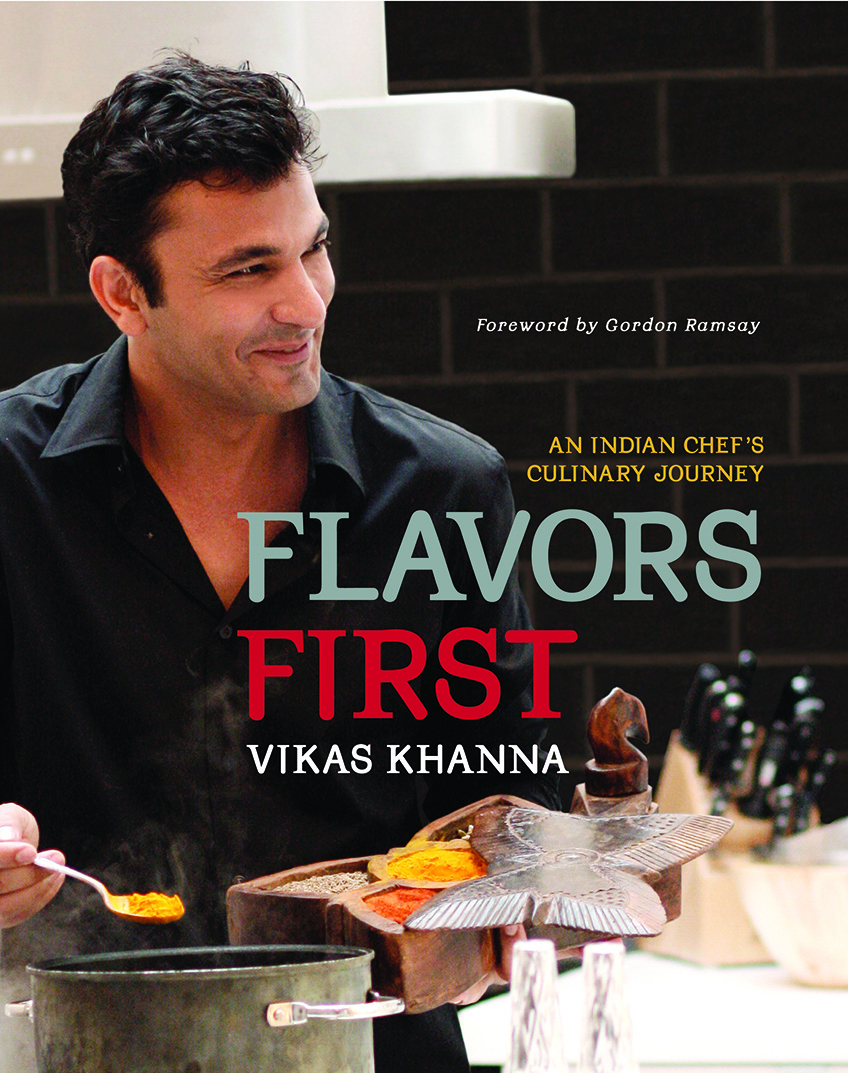Forbidden Rice and Peas Pulao
FROM SUPPORTING PLAYER TO STAR OF THE SHOW
FORBIDDEN RICE AND PEAS PULAO | Dara O’Brien
FORBIDDEN RICE BOWL | DARA O’BRIEN
by Dara O’Brien
Creative Director, Lake Isle Press
I never met a carb I didn’t like.
If you’d like proof of that, you need look no further than this blog. From my first post about Jollof Fonio, to this one (and its cousin, Himalayan Red Rice Vegetable Pulao), carbs of all stripes — rice, other grains, pasta, lentils, potatoes, beans, corn, peas, and, lest we forget, desserts — reign supreme in this space. It is fitting that with this, my final post, I spotlight one of the fanciest of all carbs: forbidden rice.
It is also called emperor’s rice, longevity rice, or black rice and traces its origins to ancient China, where it was thought to be so good (and good for you) that it was said to be reserved for royalty. This recipe for Forbidden Rice and Peas Pulao by Vikas Khanna from his book, “Flavors First” (published by Lake Isle Press) takes this already splendid grain and ramps up the flavor with garlic, cumin, garam masala, a bay leaf, onions, and peas.
I followed the recipe closely but left out black cumin, since I didn’t have any, and subbed in chicken stock for veggie because that’s what I had on hand. I also reduced the amount of garam masala, since I suspected a full tablespoon would be too overpowering.
Here's my verdict: forbidden rice is delicious. I tried it long ago and remember thinking it was special, and it is. I served this recipe with grilled chicken, then used the leftovers in a grain bowl the next day with wilted baby spinach, scallions, shredded carrots, chopped peanuts, and a dressing of soy sauce, rice vinegar, and sesame oil. This, I fear, has ruined me for other grain bowls. The taste and texture of forbidden rice adds a layer of complexity that elevates rice from supporting player to star of the show.
This blog has been all about exploring ingredients, combinations of ingredients, or cooking techniques that are new to me. It’s changed the way I cook and the way I eat. It has helped me expand my cooking repertoire, especially in regard to plant-based meals, and added new spices and ingredients to my diet (Hey there, cardamom and coriander. Good to see you, fonio and pomegranate.) I am also much better able to riff on a recipe or ingredient — like making a grain bowl with leftovers from this pulao.
As I bid adieu to #taste_budding, at least for now, I thank the wonderful chefs who have inspired me to cook and eat more adventurously, along with every reader who has shared this journey with me. It’s a journey that will continue … and I trust I will never reach its destination. Bon Appétit!
FORBIDDEN RICE AND PEAS PULAO
Click here for printable recipe
A variation on the usual peas pulao, this recipe uses forbidden rice instead of basmati. Forbidden rice is a type of short-grained black rice that turns dark purple when cooked. It has a deep nutty taste. Legend has it that this rice was reserved for the emperors of ancient China. I find it yields a rice dish with great flavor, texture, and color. Forbidden rice can be found in Asian groceries, health food stores, and gourmet shops. —Vikas Khanna
INGREDIENTS
1 cup forbidden rice
1½ tablespoons olive oil
1 teaspoon cumin seeds
1 teaspoon black cumin seeds
1 medium red onion, finely chopped
1 bay leaf
2 cloves garlic, minced
½ cup fresh or frozen peas, thawed
1¾ cups vegetable stock
1 teaspoon salt
½ teaspoon freshly ground black pepper
1 tablespoon garam masala
Serves 4
PREPARATION
Rinse the rice with cold water to remove the excess starch; drain. Soak the rice in cold water for 15 minutes. Drain and set aside.
Heat the oil over medium heat in a large pot with a lid. Add the cumin seeds, black cumin seeds, onion, bay leaf, and garlic and cook, stirring constantly, until the onion is translucent and the spices become very fragrant, about 5 minutes. Add the rice and peas, stirring to coat rice with oil and lightly toast, about 1 minute. Stir in the stock and season with salt, pepper, and garam masala. Bring to a boil, cover, and reduce heat to a slow simmer. Cook until rice is tender and liquid is mostly absorbed, 30 to 35 minutes. Adjust salt and pepper to taste, discard the bay leaf, and serve hot.
Recipe from “Flavors First” by Vikas Khanna, published by Lake Isle Press, 2011
FORBIDDEN RICE AND PEAS PULAO
from “Flavors First” by Vikas Khanna, Lake Isle Press, 2011
OTHER RECIPES FROM THIS BOOK
Bay Leaves and Cumin-Scented Ground Lamb
Brown Basmati with Caramelized Onions and Broccoli
Brown Lentils and Zucchini with Lime
Cabbage and Mushrooms with Turmeric-Infused Butter
Chicken and Ricotta Cheese Curry
Chicken Tikka Masala
Dill and Cardamom Chicken
Lentils with Rice and Vegetables
Himalayan Red Rice Vegetable Pulao
Mango and Orange Mousse with Pomegranate
Masoor Daal
Orange-Ginger Chutney
Spring Onion and Pea Soup
Stir-Fried Potatoes with Green Beans and Mint
Sunday Kidney Bean & Tomato Curry
Sweet Eggplant Chutney
Yellow Lentils with Turmeric and Ginger
Flavors First draws from celebrated Indian Chef Vikas Khanna's culinary journey from his native India to his experience as a Michelin-starred chef in New York. With entire chapters devoted to every part of an Indian meal (even breads, chutneys, desserts and beverages) and an ingredient and spice glossary that includes tips on handling and storage, Flavors First is an indispensable resource on Indian home cooking.
“Vikas Khanna's enthusiasm for food is so intense that it practically explodes off the page. I could taste the dishes just by reading the recipes.” —Jean-Georges Vongerichten



